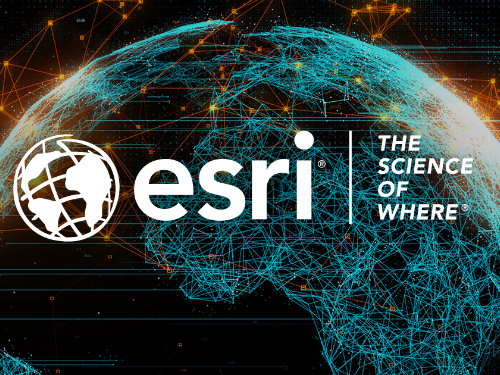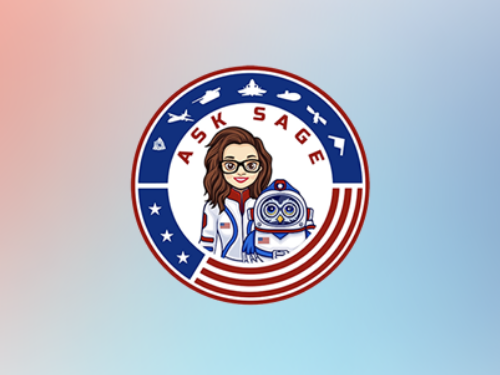Rebranding isn’t just about a fresh logo or a catchy new name—it’s about rewriting your story for the audiences who matter most. For businesses that count the government as a key customer base —whether federal, state, or local—a rebrand presents a unique opportunity to sharpen perception, highlight mission alignment, and reinforce credibility. But if you’re not strategically managing the public conversation and weaving PR strategy into the rebrand on the front end, even the best rebrand can go unnoticed or misunderstood. That’s where a well-timed public relations strategy makes all the difference.
At Bluetext, we approach B2G rebranding as a comprehensive effort, where PR is just one part of a much larger, integrated strategy. From brand architecture and messaging to creative execution, stakeholder engagement, and go-to-market planning, we help organizations build brands that resonate with the audiences that matter most. B2G PR amplifies that effort externally, telling the right story in the right places—with credibility, clarity, and purpose.
1. Internal Alignment Comes First
A successful B2G rebrand begins long before it reaches the public eye – it starts within your organization. Too often, brands rush to unveil a new identity externally without ensuring the people who represent the brand every day understand it, believe in it, and can articulate it with confidence. This is especially important in the B2G space, where contracts are won and lost on credibility, consistency, and trust.
Your employees are your first—and often most influential—brand ambassadors. If your team can’t clearly express what the rebrand means and why it matters, neither will the program officers, contracting leads, or agency buyers they interact with. Aligning internally sets the tone for every customer interaction, proposal, and pitch that follows.
Here’s how to make sure your rebrand starts strong from the inside out:
- Equip teams with messaging toolkits, elevator pitches, and FAQs so they can speak with clarity and consistency across functions. Whether they’re in sales, capture, customer service, or delivery, they should all be telling the same brand story.
- Host internal town halls or team sessions to explain the rebrand’s purpose and preview rollout plans. These aren’t just informational—they’re opportunities to build buy-in and enthusiasm from within.
- Position your workforce as your strongest brand ambassadors, especially when engaging with government customers who value institutional knowledge and continuity. The more confident your team is in the brand, the more credibility you’ll earn externally.
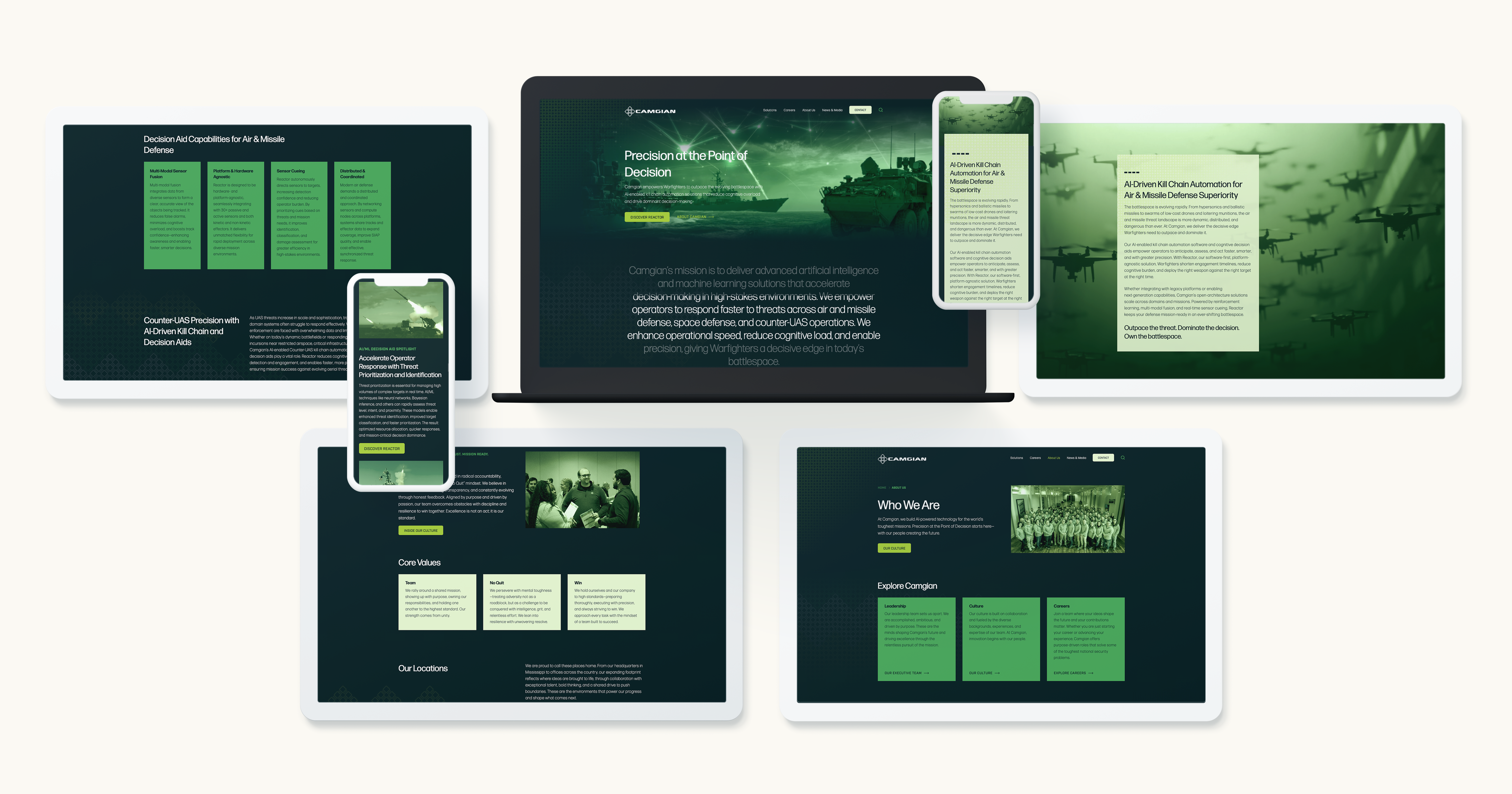
2. Rebrand Must Align To Outcome-Based Environment
B2G brands can’t chase every shift in the wind when it comes to what government buyers are looking for. That said, the Department of the Government Executive (DOGE) and Administration priorities have ushered in a significant and tangible sea change that requires brands to adapt key messages and market positioning.
Yes, digital transformation, cyber security, AI, and other capability areas still matter, but it has become less about “what you do” and more about “show me the impact of what you’ve done and what you can do.” This means messaging tied to outcomes, efficiencies, transparency, and provable innovation to demonstrate your brand recognizes the evolving priorities of the agencies you serve.
- Messaging should be value-driven, not vanity-driven. Make your story about how you help agencies meet their missions—faster, smarter, and more efficiently.
- Acknowledge recent reforms like DOGE’s emphasis on transparency, digitization, and responsible vendor engagement. Demonstrating awareness of these priorities positions your brand as forward-looking and informed.
- Treat the rebrand as a proof point of alignment, not just aesthetics. Buyers want to see operational benefits and relevance, not just polished creative.
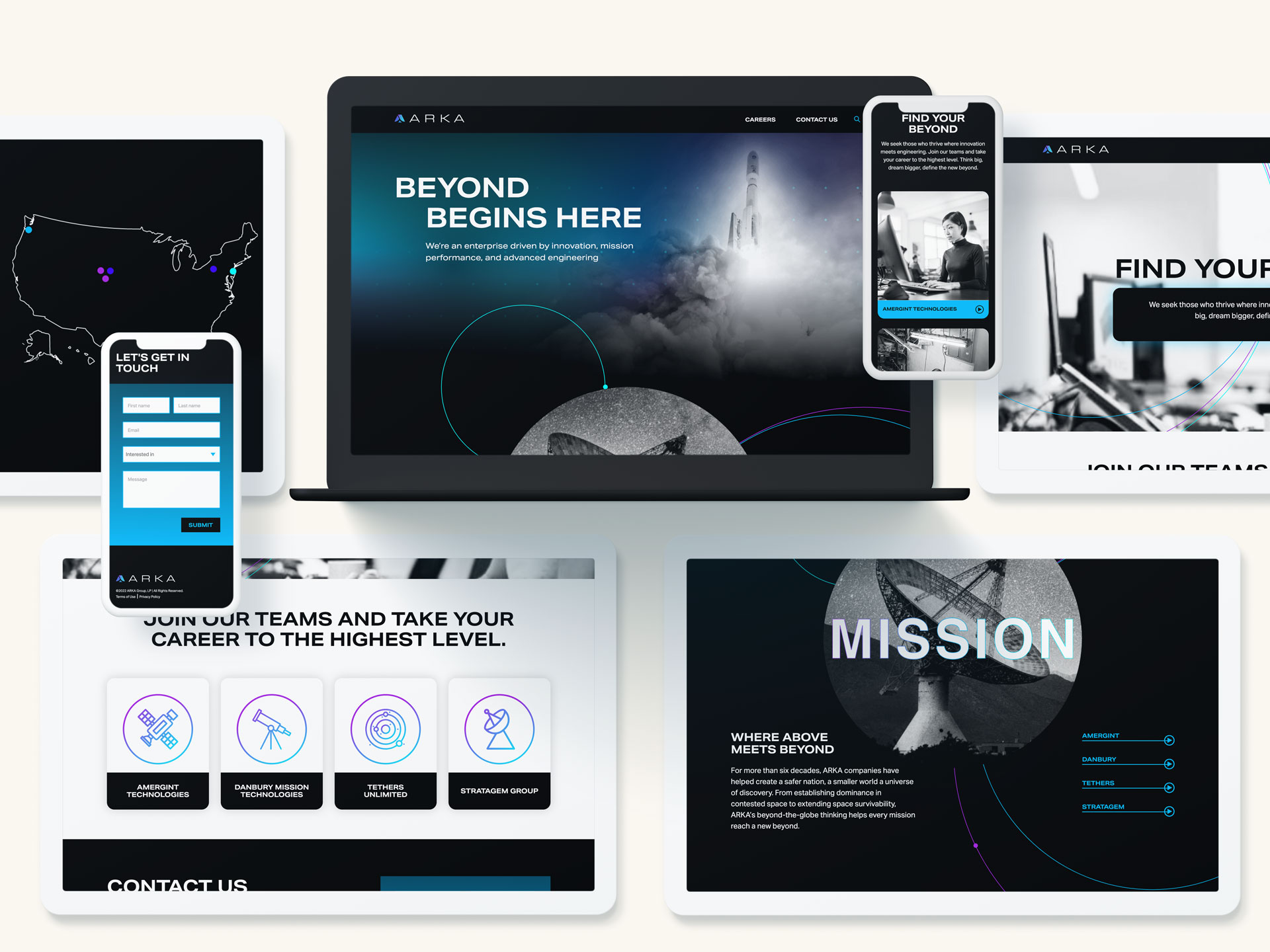
3. Building Strategic Narrative Anchors
Maximizing a rebrand requires building a compelling, coherent brand story to support the new visual and messaging elements. For B2G companies, that story must be grounded in the missions that matter to your government customers. Strategic messaging is what transforms a brand from a vendor into a true partner.
This narrative should be more than marketing. It’s a positioning tool that connects your solutions to the public priorities of the agencies you serve—from modernizing infrastructure to protecting critical systems. Without this anchor, your rebrand may look good but feel hollow.
- Tie your messaging to agency macro themes like resilience, service delivery, modernization, or public trust.
- Use the rebrand as an opportunity to reposition your company as a mission-aligned partner, not just a technical provider.
- Support your story with real-world proof points. Whether it’s case studies, data, or testimonials, you need more than words to back up your claims.
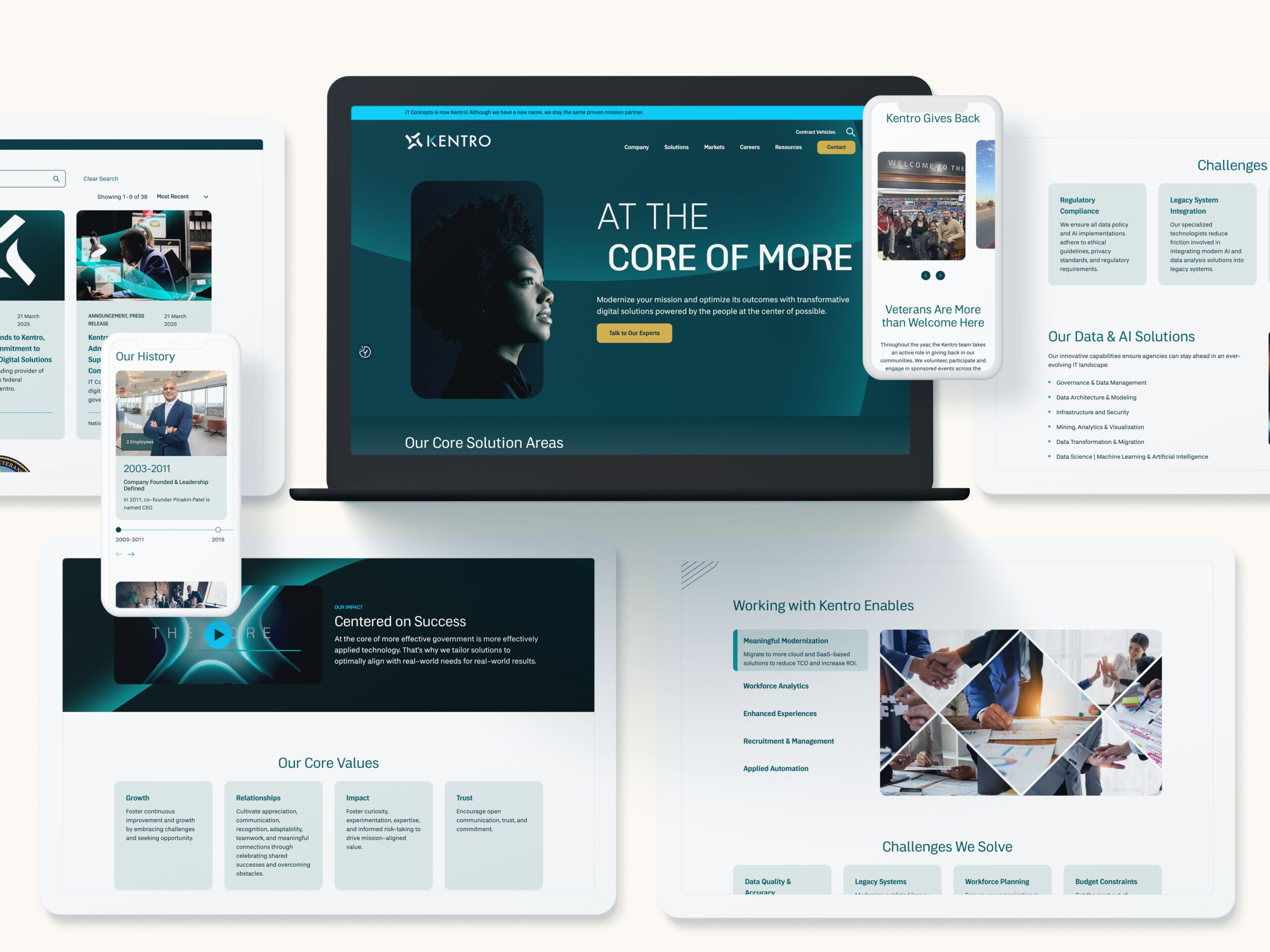
4. Thought Leadership That Builds Trust
Thought leadership is a powerful way to bridge the gap between a refreshed identity and long-term credibility. In the B2G space, where contract cycles are long, risk tolerance is low, and relationships drive revenue, becoming a trusted voice can mean the difference between being considered or completely overlooked.
But authentic thought leadership isn’t about self-promotion. It’s about publishing content that adds value to ongoing government conversations—showing that you understand their challenges and have real insights to offer. A rebrand can serve as a perfect catalyst to reposition your organization as a forward-thinking leader.
- Lead with value, not self-congratulation. Offer practical insights, guidance, and takeaways relevant to agency challenges.
- Use op-eds, white papers, and webinars to establish credibility and invite dialogue with decision-makers.
- Make your rebrand the starting point for deeper, more strategic conversations, not the end goal.

5. Media Strategy: Quality Over Quantity
In government communications, it’s not about being everywhere—it’s about being in the right places. The ecosystem of reporters, editors, and publications that shape public sector narratives is small, well-informed, and highly influential. If you want your rebrand to land, it needs to show up where the right people are paying attention.
A high-impact media strategy doesn’t chase flashy headlines—it targets relevant, trusted outlets with tailored messaging that matches the publication’s tone, audience, and purpose. That’s how you move the needle with government buyers and influencers.
- Focus on specialized outlets like Federal News Network, Defense News, GCN, and GovExec, where key agency stakeholders actually read and engage. If your rebrand is elevating DoD, S&L, or NatSec, ensure top outlets for those market decision makers are prioritized.
- Adopt a tiered media strategy to match your messaging and storylines to the needs of each publication and its readers.
- Cultivate media relationships proactively. Familiarity and access go a long way in the B2G press world—invest time before you need the coverage.
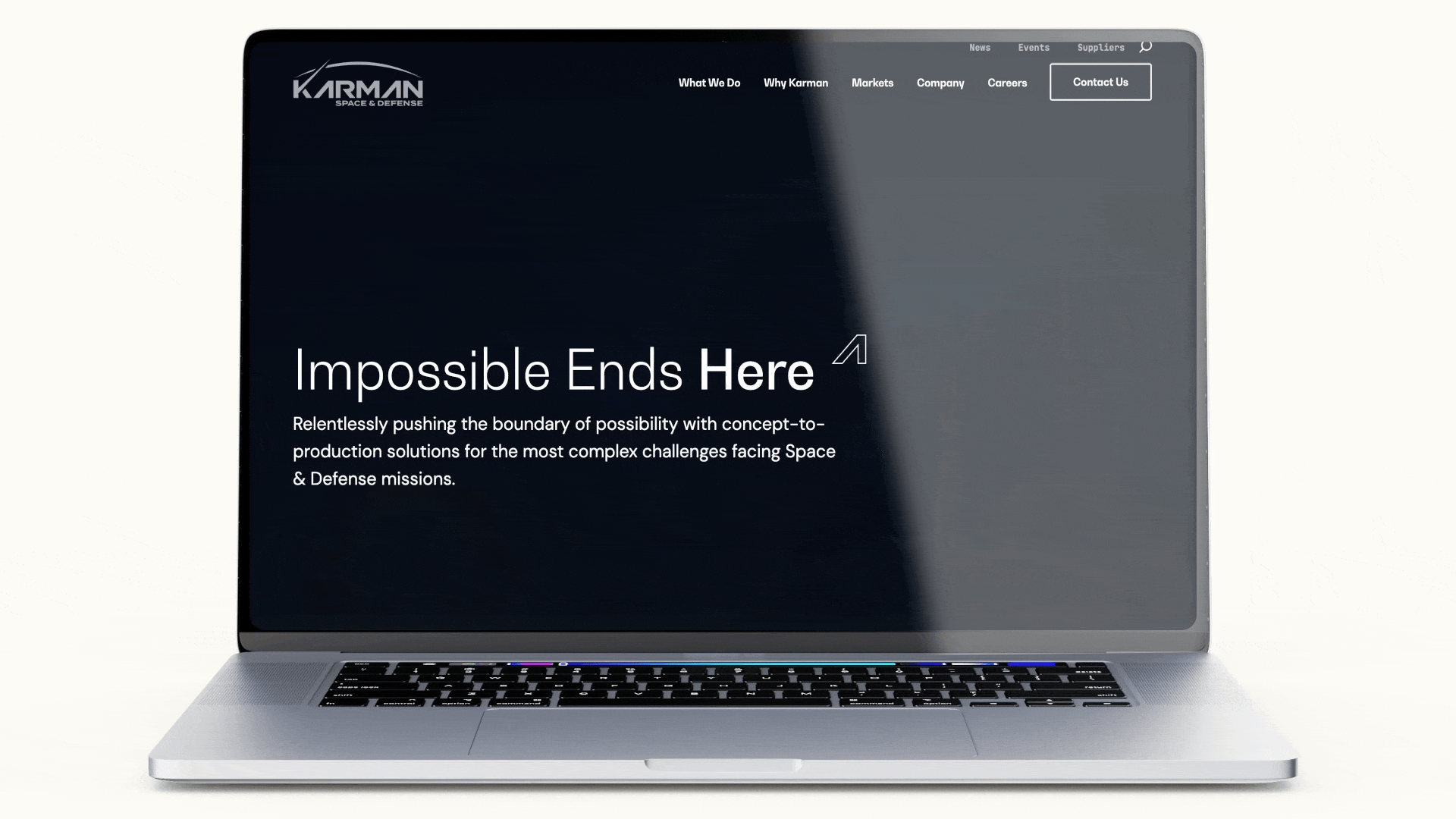
6. Timing is Everything
Even the best B2G brand story can fall flat if it’s delivered at the wrong time. In public sector markets, timing isn’t just about media cycles—it’s about fiscal calendars, procurement schedules, regulatory cycles, and the rhythm of government business.
Rolling out a rebrand at the wrong moment can mean losing attention—or worse, looking tone-deaf. Understanding the ebbs and flows of your agency customers’ world is essential to getting your message heard.
- Align your rebrand with government planning cycles, such as Q1 budget allocations, spring RFPs, or strategic planning windows.
- Avoid periods of political volatility or legislative distraction that may drown out your news.
- Think seasonally. Fall may be right for modernization campaigns, while spring might better serve fiscal-year planning or workforce engagement efforts.
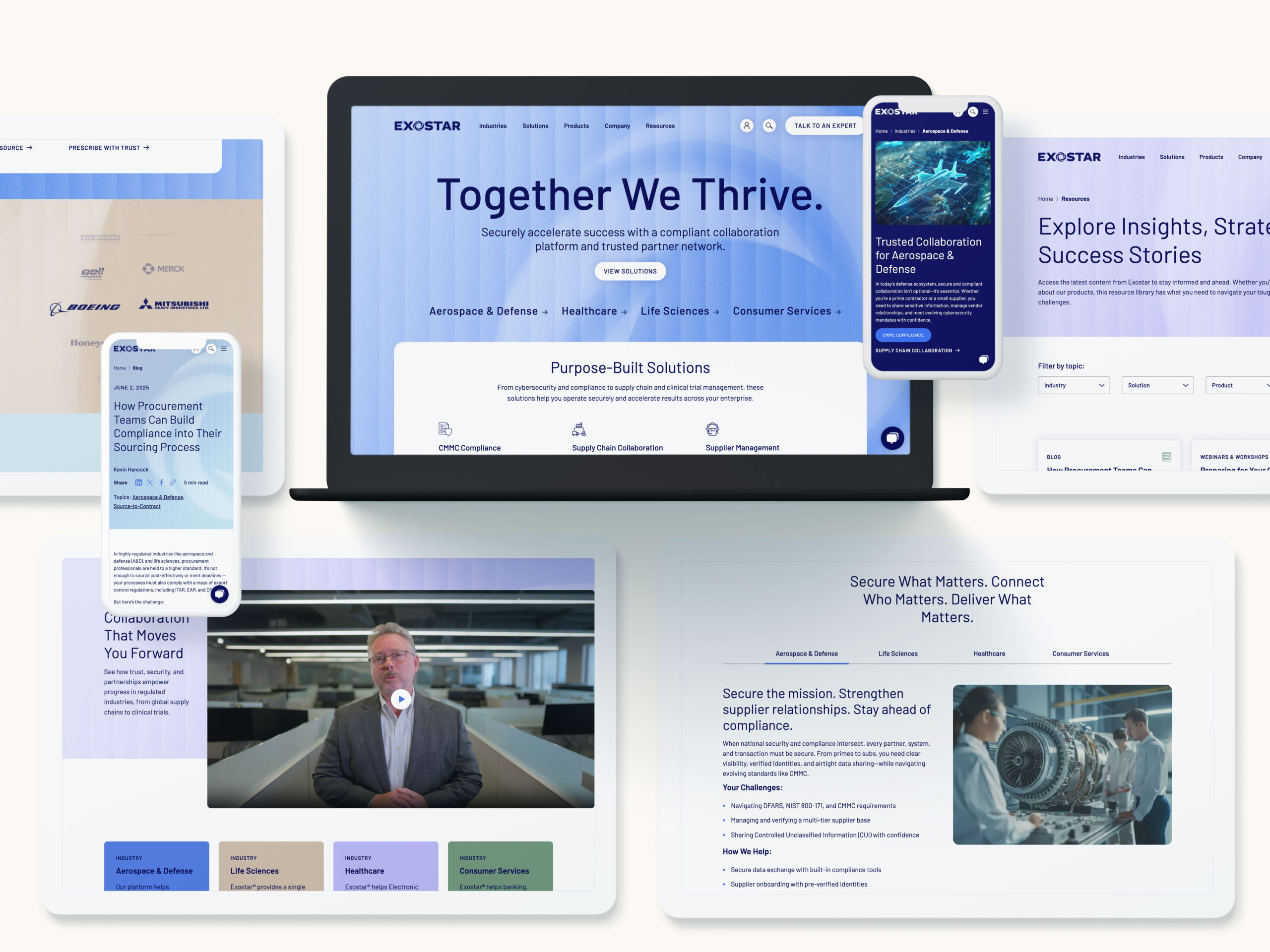
7. Metrics That Matter in Government Markets
Forget vanity metrics. When rebranding in B2G, measure what matters to stakeholders and decision-makers.
- Track internal adoption and ambassador activation as key success metrics.
- Monitor earned media impact, stakeholder sentiment, and procurement engagement.
- A successful rebrand builds trust, boosts visibility, and opens new doors with credibility.
Final Thought: Make It Count
Rebranding in the public sector space isn’t about being flashy—it’s about being credible. It’s about clarity, trust, and telling a story that resonates from the Pentagon to City Hall. Public relations helps you bring that story to life—strategically, confidently, and authentically.
At Bluetext, we understand how B2G brands grow because we’ve helped build them from the ground up. If you’re thinking about a rebrand or already planning one, let’s talk about how to make it land where it counts.



